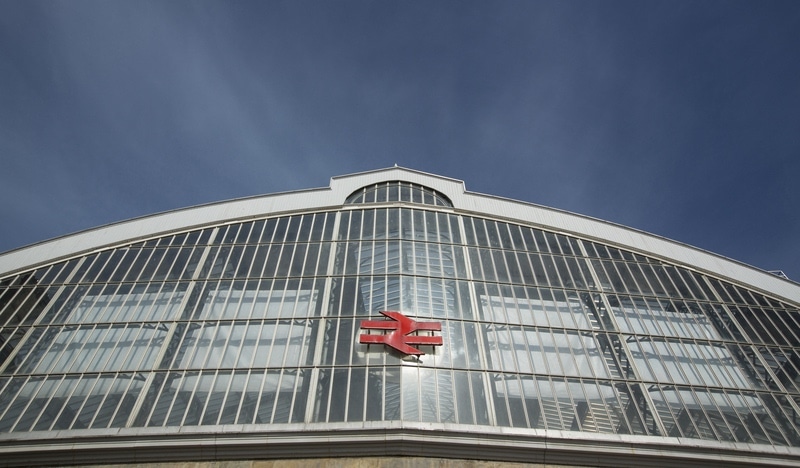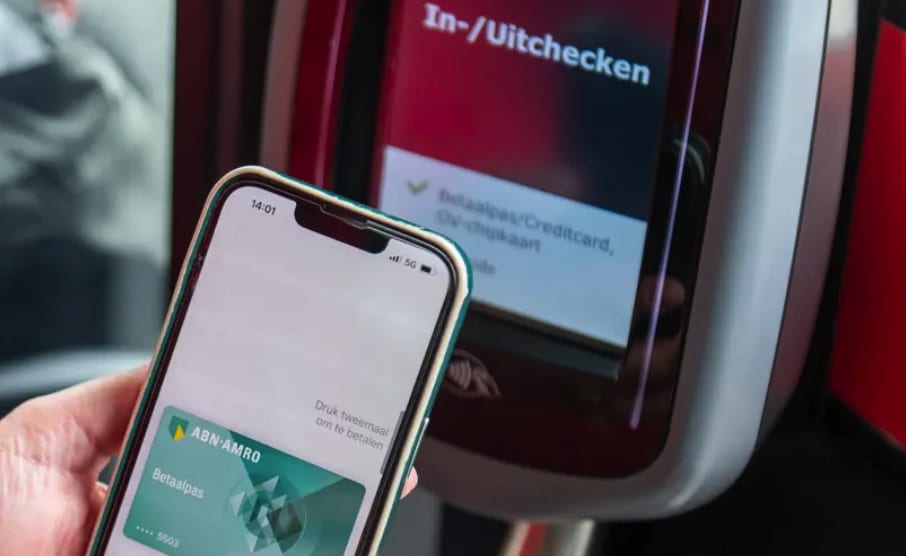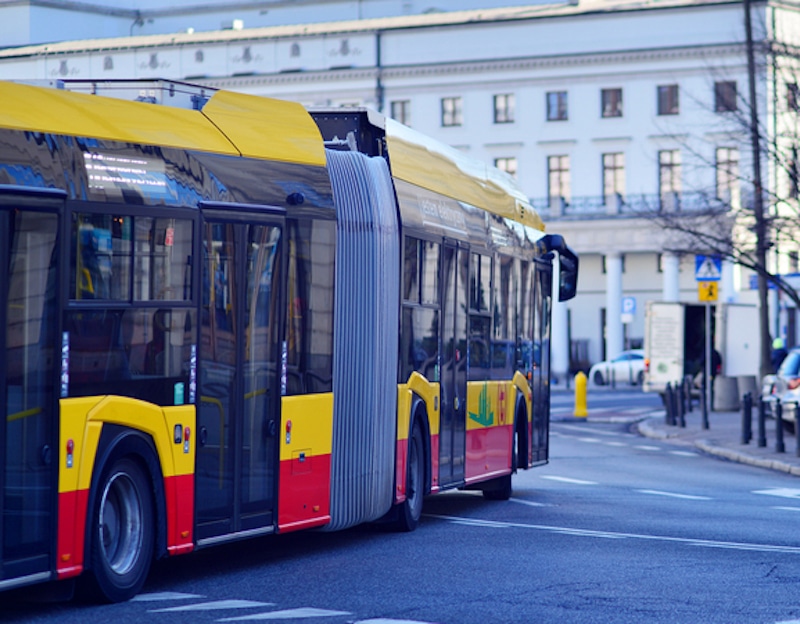
Article Highlights
The UK government plans to bring London-style contactless PAYG fare payments to 700 rail stations in the North and Midlands, a major initiative. It remains to be seen how quickly it will be able to roll out the technology and make it multimodal.
The UK Department for Transport announced late last week that it plans to spend £360 million (US$482 million) on the rollout, which among other things, would install contactless EMV readers at hundreds of Network Rail stations, mainly in the North of England and the Midlands.
• UK Department for Transport
• Network Rail
• Transport for London
The UK government’s plan to equip 700 rail stations over the next three years to accept contactless open-loop payments is a major initiative, as it seeks to replicate the success of London’s contactless pay-as-you go fare payments system elsewhere in the country–a goal that has proved elusive in the past.

















